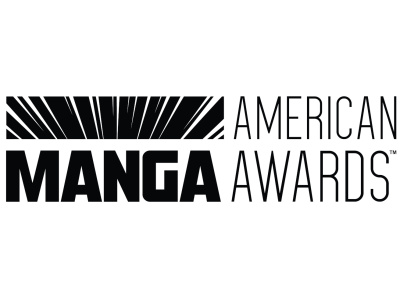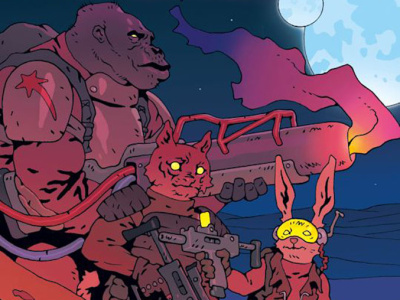At the beginning of the COVID-19 pandemic, projects were way down, Leckert said, but things turned around in the summer and fall, and ultimately, 2020 was Kickstarter’s best year ever for comics, publishing, and games, and 2021 was even better, with 2022 looking to be better still. To date, comics creators have run over 23,000 successful campaigns, raising $178 million from over 1 million backers. Comics is the category with the highest success rate, and the current success rate for comics projects is 79%, well over double the site average. What’s more, 51% of creators launch a second campaign within the next 12 months.
Kickstarter has become a platform for traditional comics publishers as well as individual creators, and the BOOM! Studios campaign for Brzrkr was the highest funded comics campaign ever. “[Author] Brandon Sanderson ran a campaign this year, which shattered every Kickstarter record,” Leckert said, “and traditional book publishers are saying, ‘Oh, well, we would have to be Brandon Sanderson to bother doing it,’ but I think comics publishers are much more adaptable. They have realized that you don't have to crack a million dollars to want to be on the platform.” Comics publishers who are using the platform include Vault, Rocketship, Avery Hill, Clover, and Bad Idea.
The comics community did raise some concerns last year when Kickstarter started talking about using some new technology, and while she is not at the level where those decisions are made, Leckert did address the issue. “Kickstarter is not moving to the blockchain,” she said; nor is it implementing Web 3 or going into cryptocurrency. Rather, after the strong reaction from the community, the company has started an advisory council that includes users and other stakeholders to consider future changes. They are also taking additional steps behind the scenes to improve comment moderation, keep backers safe, and improve the value to creators.
While Leckert had no statistics on how many campaigns have retailer tiers, she said, “For every project, the most important thing is to know your audience, and if you have an access point to folks who run comic shops and libraries, absolutely offer that as a tier.”
The biggest pitfall for creators is not matching their ambitions to their audience, she said: “If you’re an independent creator, an emerging artist, with a dozen followers on Twitter, do not try to fund a 600-page, full-color graphic novel for $6,000.”
“Everybody thinks about the funding side of crowdfunding,” she said. “Not everybody has bothered to think about the crowd. That is specifically what this kind of fundraising is for. You have to know who is in your crowd and can you reach them. That's actually the best predictor of success.”
For more coverage of the ICv2 Insider Talks, click here.









